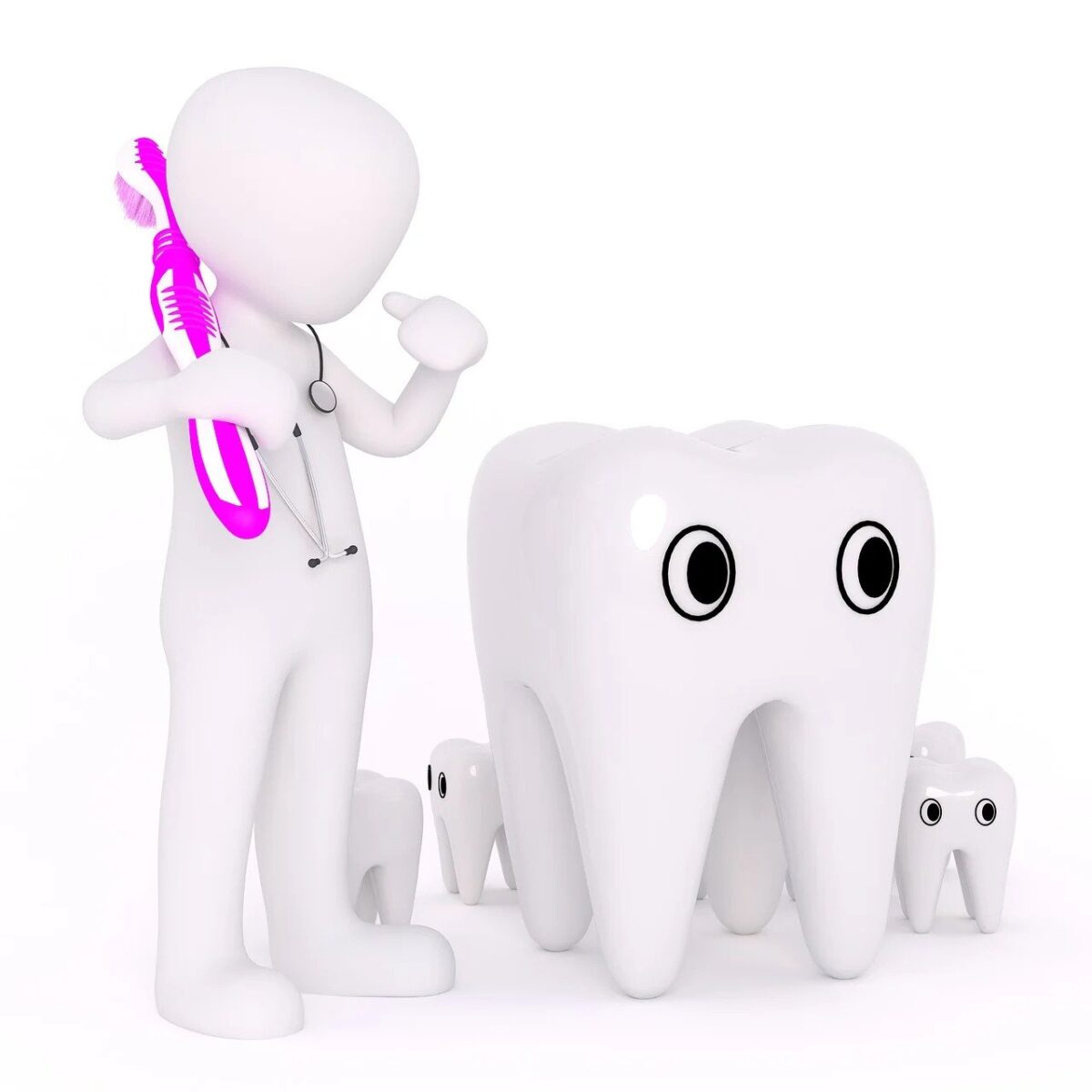Invest in your smile you wear it every day!
The main asset behind a smile is a healthy set of teeth. This is why investing in your smile, and mainly your teeth, leads to a profitable outcome – a boost in confidence and good health. Achieving healthy teeth takes a lifetime of care.
It’s crucial to take the right steps every day to take care of them and prevent problems. This involves getting the right oral care products, as well as being mindful of your daily habits.
1. Don’t go to bed without brushing your teeth.
When you eat during the day, millions of bacteria inside your mouth feast
with you. Just like you have to excrete waste from time to time, so do the
bacteria in your mouth. The waste product from these microorganisms is
highly acidic. It breaks down the enamel of your teeth, leading to tooth
decay, cavities, and gum disease.
When you go right to bed without brushing, the plaque in your mouth begins
to harden. Once plaque hardens, it becomes tartar and is not removed by
simple brushing. The only way to get tartar off your teeth is by going to the
dentist for a professional teeth cleaning.
Failing to brush your teeth at the end of the day gives the bad bacteria in
your mouth many hours to feast on the debris and release acids that cause
tooth decay and gum disease.
2. Brush properly
The way you clean your teeth is also equally important. In fact doing it
improperly is almost as bad as not brushing the teeth at all. Plaque if not
removed can harden, which in turn will lead to calculus build-up. You
should spend some time brushing your teeth in gentle circular motions.
3. Don’t neglect your tongue
If not cleaned regularly, tongue can harbour bacteria’s which in turn leads to
bad mouth odour. By scraping or brushing your tongue, you will remove the
layers of bacteria that cause stinky breath.
4. Select the right toothpaste
Fluoride is the most important ingredient to look for when selecting a
toothpaste. It helps strengthen the weak areas of the tooth and exposed roots.
It is a natural mineral that assists to prevent tooth decay. Therefore, using
fluoride toothpaste can reduce the risk of tooth decay and enhance the
strength of the teeth.
5. Treat flossing as important as brushing
You should develop a habit of flossing at least once a day. It not only
removes food lodged in between the teeth but also stimulates the gums,
reduces plaque & lowers the chances of inflammation in the interdental
areas.
6. Make mouthwash a integral part of your dental hygiene routine
Mouthwash reduces the amount of acid in the mouth, cleans hard to brush
areas in an around the gums & most importantly helps in remineralization of
the teeth.
7. Watch what you eat
It fresh fruits & green vegetables which are fibrous. These harder to chew
foods have cleansing action on the teeth.
Limit intake of sugary & acidic foods. They erode the enamel of your teeth
which in turn leads to cavities. Tea & coffee can even stain your teeth.
Your everyday habits are very important for your overall oral health. Even after religiously developing the above said habit you need to visit your dentist regularly. Not only can your dentist remove calculus & look for cavities, but they will also be able to spot potential issues & offer treatment solutions.



